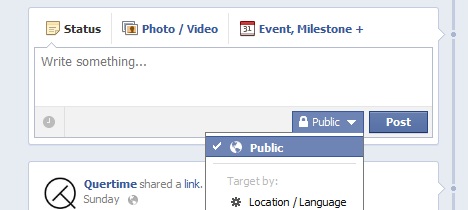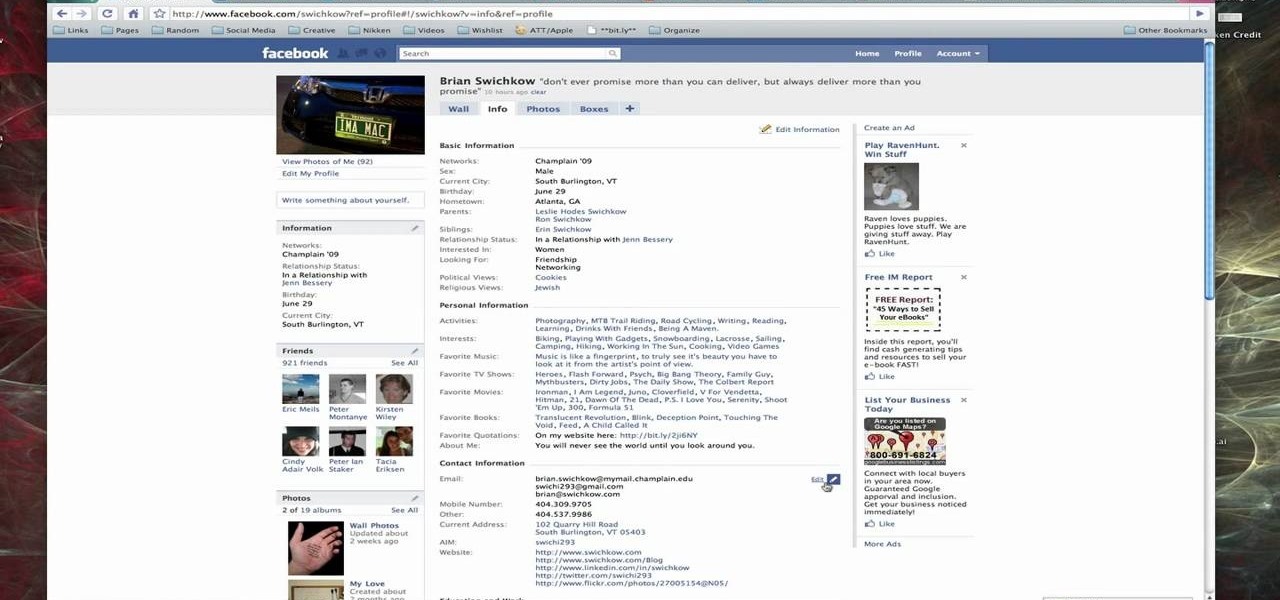

Facebook privacy settings have a loophole that you can exploit – when a user activates private mode, they might choose not to make it completely private but restrict the access from people outside of their friends circle. When the first two methods fail, the third thing a user can try to get into a private account on Facebook is social engineering. The person targeting your account may use information found on other accounts linked to yours (like TikTok or Instagram account), to make you believe they’re someone you’ve met before, like a long-lost school friend or a colleague from a previous workplace.


This becomes more difficult if you don’t monitor your Facebook friend’s list closely, and have many friends there. Originally published on June 4, 2018, updated April 3, 2020, and April 14, 2021.How to beat it: A simple strategy to avoid letting a stranger into your private Facebook space is to never accept random friend requests from people you don’t know.

I hope my instructions will encourage you to take the time to add custom alternative text to your Facebook images.ĭid you know Facebook allowed you to add alternative text to images? Have you used it? Tap the three-dot option in the top rightĪdding alternative text to Facebook images makes your images accessible to everyone.Add the photo to your post (alternative text is added).On iOS and Android, use the following steps to add alternative text: Add your own descriptive alt text in the box.In the photo editing options, select Alternative Text.Select Edit Photo (you may need to hover over the photo).Select Photo/Video at the top of your News Feed or timeline.
#Edit photo privacy facebook how to
How to Add Alternative Text to Photos You Post on FacebookĪssuming you’ve logged into Facebook on the desktop, here’s how to add alternative text to your images. It provides more information about the function and content of images.īy adding alternative text, the content is accessible to people who are blind or visually impaired.Īnother benefit of alternative text: if an image can’t be downloaded or if a user has disabled images from displaying (as in an email app), the alternative text will display where the image would normally show up.Īlternative text also provides semantic meaning to search engines who can’t “see” images. That’s not a lot of progress in two years.Īlternative text allows you to add text descriptions to photos, diagrams, and illustrations. Less than one in three Facebook users add alternative text to images. It’s clear there’s more work to do to educate Facebook users about adding alternative text to images. Not as much movement as I hoped, but small steps. The final results were more positive than the first poll. Two years after my first poll, I decided it was time to repeat the poll. To teach people about the new feature, I published this post with how-to’s for adding alternative text to images in Facebook. It’s something Facebook users had been asking for over the years.Ĭertainly it didn’t receive the wide publicity that happened when Twitter announced the alternative text feature for images a couple of years prior. I don’t know why Facebook doesn’t promote their alternative text for images features. If you share images on Facebook, do you add alternative text to the image? Which is why a few years ago, I ran a poll on Facebook and Twitter whether people added alternative text (alt text) to the photos they post on Facebook.Įvery person who responded to the poll said they didn’t know they could. Though the feature has been out for several years, few people know about it. When I was chatting with a friend about alternative text (alt text) for images, I asked them if they knew they could add alt text to images on Facebook.


 0 kommentar(er)
0 kommentar(er)
